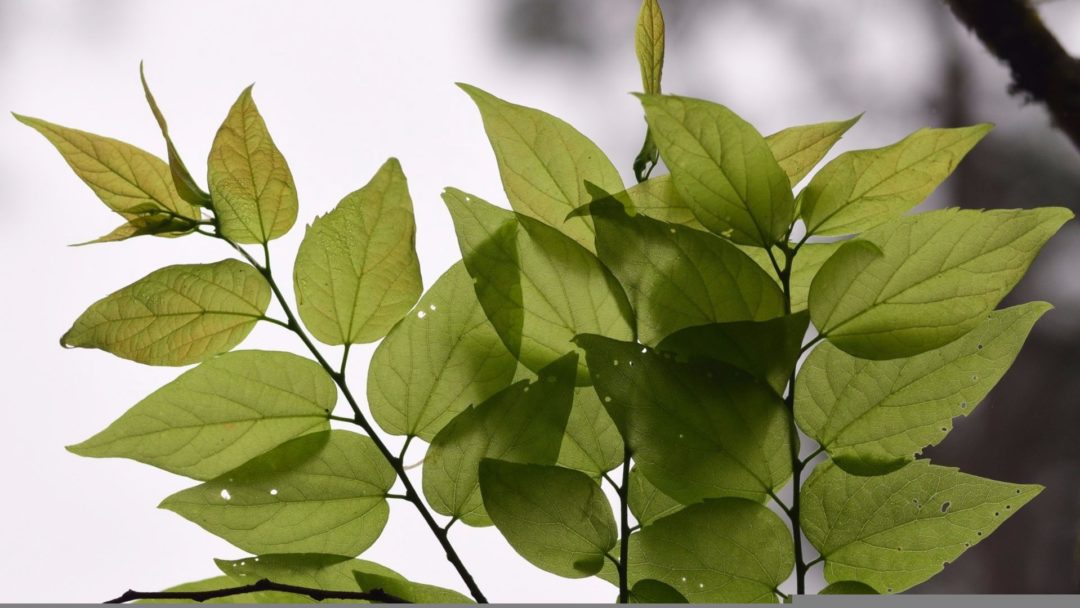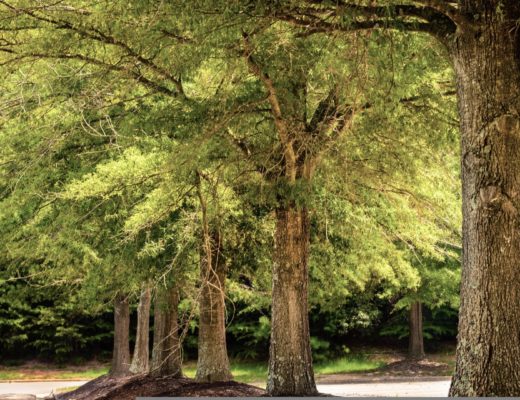Celtis occidentalis The hackberry has appropriately been called, “one tough tree.” Colonists had enough other trees to choose from that they didn’t pay much attention to the hackberry trees. They found them scattered throughout forests rather than in solid stands. The quality of the wood relegated its use mostly to barrel hoops. On the drier plains, it was used along with any other wood that could be obtained for flooring and other parts of the homestead. The first colonists paid…
Shade Tree
-
Quercus phellos The oak tree family is made up of hundreds of species. It’s fair to say that each species offers unique and imperial traits to any landscape it adorns. The willow oak is…
-
(Gleditsia triacanthos) You may recognize the resemblance the thornless honeylocust shares with its relatives the honeylocust and the waterlocust of the deep South— minus the sharp thorns that cover its branches. The thornless honeylocust…
-
(Malus X Domestica) The Stayman Winesap is unique to other apples for its exceptional characteristics. It was developed in 1866 by Dr. Stayman and believed to be an improvement over its parent tree the…
-
(Pistacia chinensis) Sometimes nicknamed the ‘ugly duckling’ in the tree world, the Chinese pistache is often snubbed because of its unattractive and misshapen early stages. Although born into rough beginnings, the tree develops into…
-
(Oxydendrum arboretum) What if there were a tree with scented flowers and tart leaves that shaded you from the sun’s heat in the summer and amused you with vibrant foliage in the fall, would…
-
(crataegus phaenopyrum) If you’re looking to fill in the open spaces in your yard, or just add a bit of color to your landscaping, the Washington hawthorn is a great option. First introduced to…
-
(sapindus drummondii) Named because of the lather the fruit gives off when mixed with water, western soapberry is a North American native and an excellent shade or ornamental tree to adorn your landscape. If…


